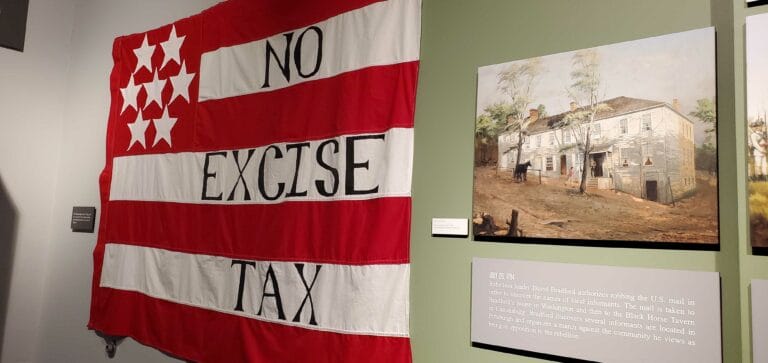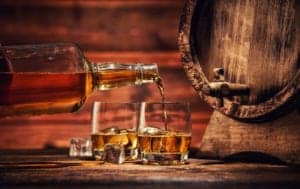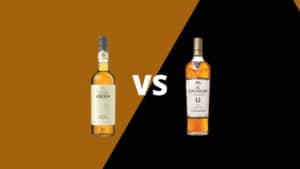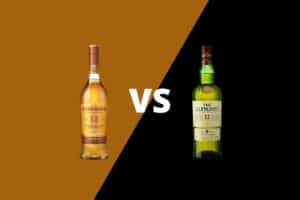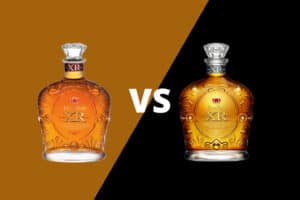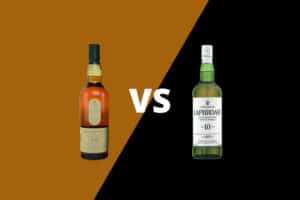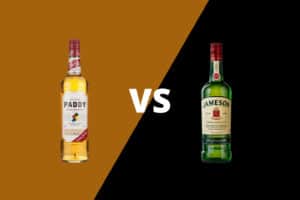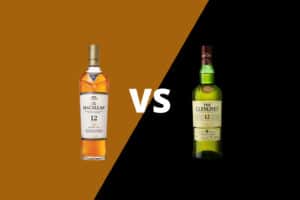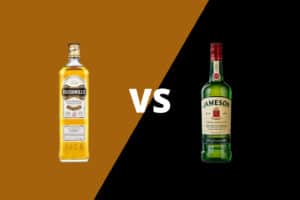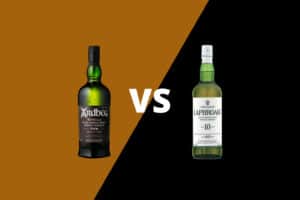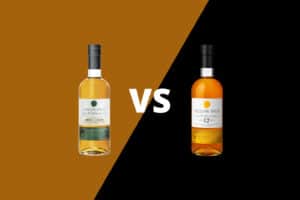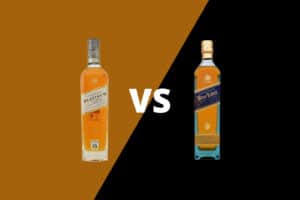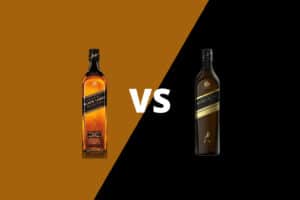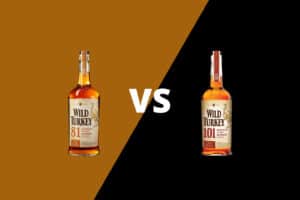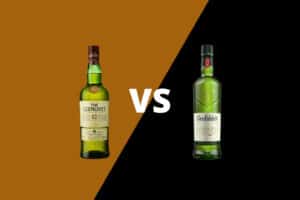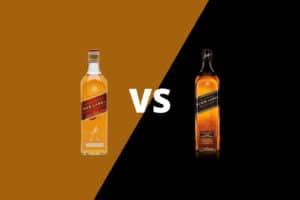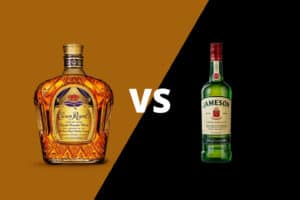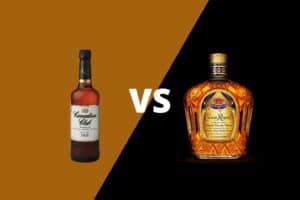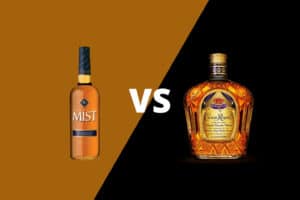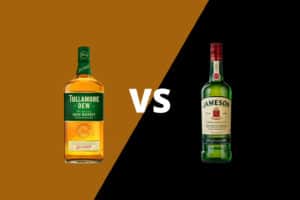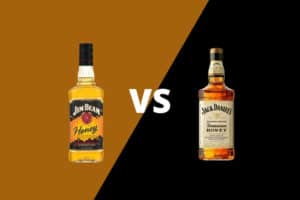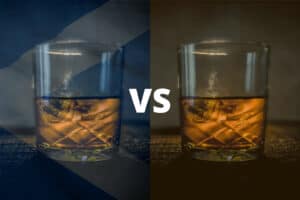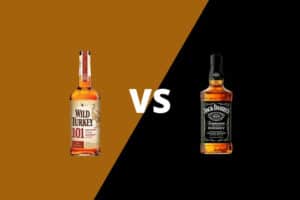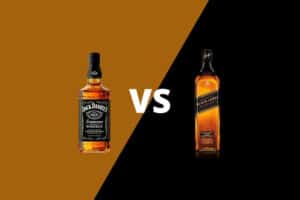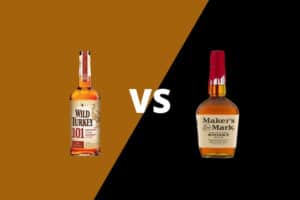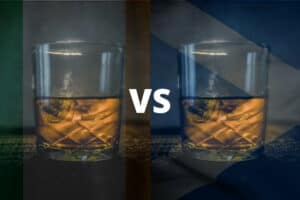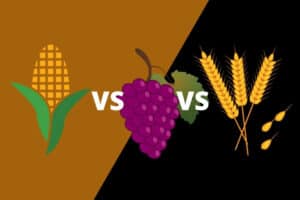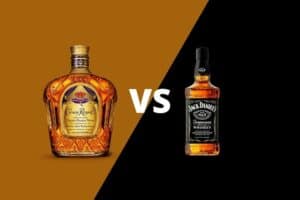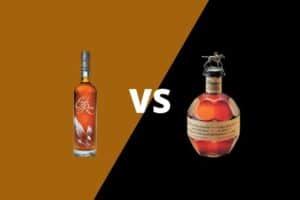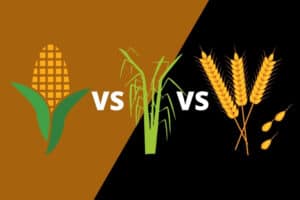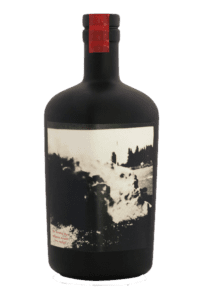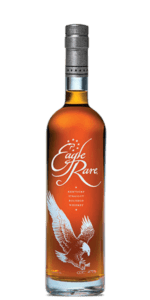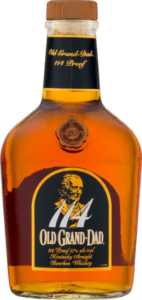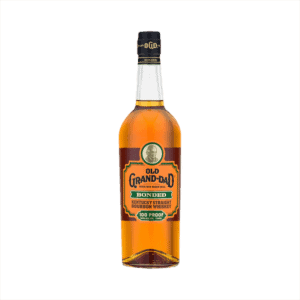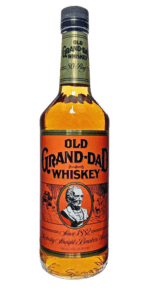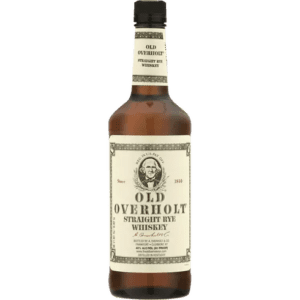Table of Contents
What Was the Whiskey Rebellion?
In the 18th century, a new nation was recovering from its War of Independence. The economy was in shambles. And, subsequently, so were the drinking habits of citizens across the fledgling United States of America.
During the colonial era, American whiskey was considered a low-brow tipple, one relegated to mountain folk of the frontier beyond population centers along the East Coast. But following the Revolutionary War, whiskey was thrust into the forefront of the American experiment—causing an early confrontation whose reverberations continue to be felt today.
In this article, we’ll see how these factors led to the event known as the Whiskey Rebellion. And we’ll see how the spirit at the heart of this conflict—Monongahela Rye—was an early predecessor of today’s Bourbon and American Rye whiskeys and how innovative craft whiskey makers are bringing back this historical spirit and leading a renaissance in an emerging whiskey sub-category.
Background & History
Following the end of the American War for Independence, the newly established Treasury Department—led by Alexander Hamilton—was broke. During the war, the national government—an alliance of states loosely bound by the Articles of Confederation—was unable to levy taxes. As a result, it racked up $75 million in debt.
Simultaneously, America’s relationship with drinks was being altered by divergent forces.
First, the production of Rum was disrupted by the war. The import of finished drinks like European wine and French cognac ceased, as did trade with the British islands that supplied the molasses the Atlantic coast distilleries used to make Rum were wiped out by British embargoes. Import duties caused prices to soar. Suddenly, the favorite tipples of those living in the wealthy and influential population centers along the Atlantic Coast were wiped out.
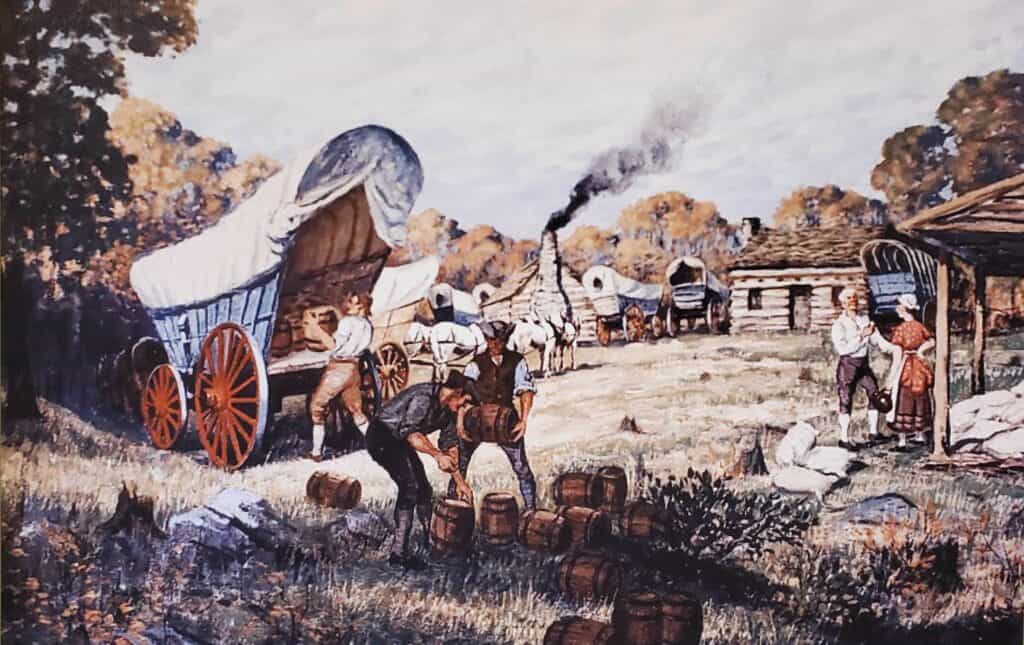
So, the young nation turned to the whiskey that was already wildly popular in the Allegheny highlands to fill its demand. The Founding Fathers were quite philosophical about this endeavor.
A domestic drinks industry was needed to fill the gap and liberate Americans from the tariffs of foreign wines and spirits. Whiskey could be made from plentiful crops harvested domestically without any foreign inputs. And federal officials could tax production to help lower the national debt.
George Washington’s stance was so enthusiastic that he began distilling whiskey at his property at Mount Vernon – becoming the largest whiskey distiller in the United States by his death in 1799.
What Was the Root Cause of the Whiskey Rebellion?
A group was considerably less enthused about the idea of an excise tax on distilled spirits production – the western farmers along the frontier of the new nation. Those centered around the hamlets that dotted the Monongahela River valley as it meandered along the banks of Washington County and Allegheny County while flowing north towards Pittsburgh to meet the Allegheny River and form the Ohio River were especially adamant. Surrounding areas, including Fayette County, Westmoreland County and Bedford County, were also involved.
When congress authorized the newly-established federal authority of the treasury department to enact an Excise Whiskey Tax in 1791—the first such tax levied by the new national government—on whiskey production, farmers in these western counties protested the tax. The ensuing conflict became known as the ‘Whiskey Rebellion.’
Who Were the Whiskey Rebels? And Who Were They Rebelling Against?
Let’s stage the stage.
Like a Shakespeare play, the drama about to unfold is best told with an introduction to our cast of characters.
We should emphasize this was a civil dispute—a conflagration that unfolded as a battle between the new federal government, militia forces and mountain distillers who sought to protect their most important source of revenue. And like most civil disputes, it pitted neighbors and family members against each other. Both sides were ranked with a significant number of Revolutionary War veterans.
As we will learn, the lines drawn between these dynamic forces were quite blurred. But we can draw distinctions where applicable.
John Neville – Brigadier General and veteran of the Revolutionary War. He was appointed Inspector of Revenue by President George Washington for the district that included Western Pennsylvania.
John Adams – Vice President of the United States during the Whiskey Rebellion.
George Washington – First President of the United States. He was in office during the Whiskey Rebellion. George Washington’s Mount Vernon estate later featured the country’s largest distillery.
James Madison – Founding Father and later President of the United States. A shrewd Anti-Federalist politician, he argued for the right of the rebels to plead their case in the court of public opinion.
James McFarlane – Earned the rank of Major during the Revolutionary War. He was a leader of Whiskey Rebellion forces and was killed in the exchange of gunfire at Neville’s property.
‘Light Horse Harry’ Henry Lee III – Revolutionary War Hero, Lee was a cavalry commander during the Revolutionary War. He was summoned by the president to lead roughly 13,000 federal troops to put down the rebellion. Ironically, his son—Robert E. Lee—would later lead the Army of Northern Virginia against federal troops during the American Civil War.
James Ross – Pennsylvania politician and member of Pennsylvania’s Constitutional Convention. Ross was chosen by President Washington to negotiate with the rebels and diffuse the situation.
William Findley – An Anti-Federalist, Findley nonetheless helped to calm the situation and acted as an arbiter between the rebels and the government.
David Bradford – Whiskey Rebel and distiller, attorney and shipping magnate. A Revolutionary War veteran, he was among the wealthiest men on the Western frontier.
Hugh Henry Brackenridge – A Pennsylvania lawyer and moderate, he tried to position both sides to calm, earning the dislike of all.
Whiskey Boys – This group vehemently opposed taxation and harassed federal revenue officers and any distillers they saw as bowing to law enforcement.
Alexander Hamilton – Secretary of the Treasury, he directed federal officials to collect taxes from distillers and personally led the forces to put down the rebellion.
Thomas Jefferson – Founding Father and third President of the U.S., he politician whose stance on personal liberty helped motivate the rebels.
Albert Gallatin – A calm-headed statesman and member of the Friends of Order, he opposed the tax. But Albert Gallatin’s level-headed pragmatism was credited with avoiding additional bloodshed.
Tom the Tinker – Whiskey Boys organizer and agitator who signed anonymous threatening letters to distillers who cooperated with the law. Often, stills that ignored these pleas might’ve found their equipment ruined.
As the two camps of distillers broke into factions, the Friends of Liberty were the rebels, and the Friends of Order sided with maintaining order. And the Federalist wing of government sought to execute their power to repay America’s war debt, eventually mustering armed forces to put down the rebellion.
Why Was Monongahela Rye Whiskey Crucial to the Economy?
The Monongahela River Valley played an essential role in forming what is now recognized as American whiskey.
Before Bourbon was a county—or Kentucky a state—farmers in the western counties that formed the new nation’s frontier used excess grain from their harvests to produce whiskey. Throughout the Allegheny Mountains—a natural boundary preventing westward expansion—distillers turned this grain into whiskey, a shelf-stable product that would not spoil and could even improve with age.
In a time before refrigeration, we cannot emphasize the importance of a product that could preserve surplus grain yields. In fact, throughout these frontier counties, folks utilized whiskey as a currency where paper notes and coins were scarce.
The whiskey produced on the Pennsylvania frontier was colloquially known as ‘Monongahela Rye.’
To learn more about this aspect of the story, we traveled to the Bradford House and Whiskey Rebellion History museums in Washington, Pennsylvania. There, Bradford House Head Docent Dave Budinger helped explain the importance of whiskey production in the local economy.
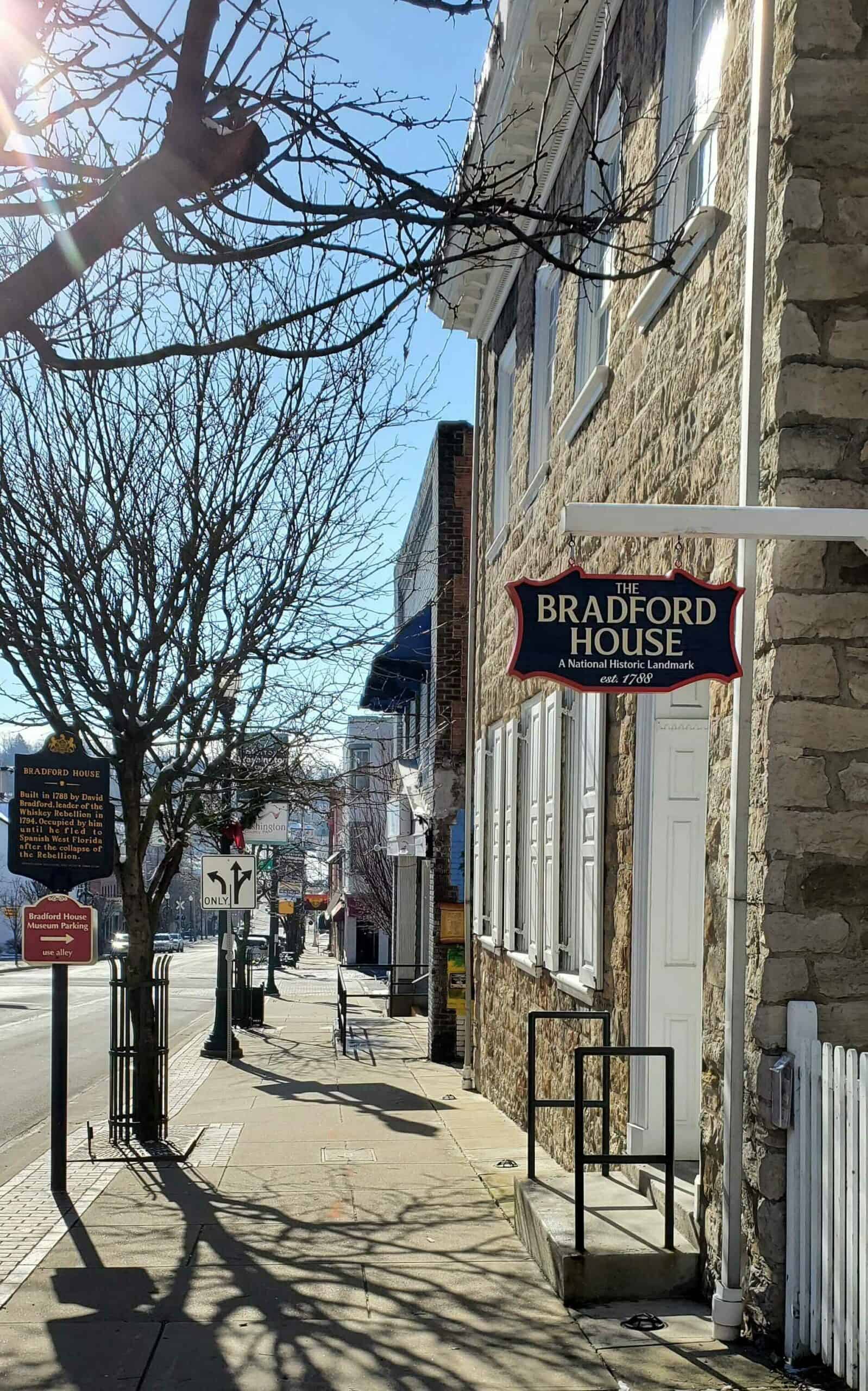
Dave is a fantastic storyteller—we really recommend visiting the museum if you ever find yourself in the Pittsburgh area and want to explore the growing Monongahela Whiskey trail. We will let him pick up this part of the story and explain how David Bradford fits into the big picture.
“[David Bradford] had a distillery, he had a grist mill, and he had a sawmill,” Dave said. “And he owned great tracts of land in the area. There, he distilled his whiskey and probably a lot of other people’s whiskey.
“These farmers had individual stills, and maybe one still would serve about five or six individual families here. People would send their grain to the nearest gristmill, which would grind it and prepare it. Some of the ground grains would become flour, which would be shipped—apparently, wheat doesn’t grow quite well in New Orleans.
“So, flour was a very important product,” Dave said. Goods would travel down the Monongahela River to the Ohio River and then the Mississippi River, eventually making its way to the port of New Orleans.
On the frontier, whiskey wasn’t just an essential part of the economy—in many ways, it was the economy. Because of the distance from banking institutions, access to currency was often nonexistent.
“That’s why it was so important out here,” Dave said. “This was their cash. And for this new upstart federal government to tax their only way to make any cash out here really upset the hell out of them—enough to pick up a musket and do something about it.”
An essential piece of Bradford’s role in the whiskey economy dealt with his shipping interests. He organized the pack trains of horses that served as the main avenue of the trade from the western frontier east to Philadelphia and the Atlantic Coast.
“This is before there were any decent roads over the mountains, so they had to ship things by horseback for the most part,” Dave said. “Farmers would get together and build these long trains of horses, ship their goods over and cross their fingers they didn’t lose too much. And Monongahela Rye was very sought after on the other side of the mountains. We had some very good distillers here.”
Whiskey was the most critical commodity being transported east from Western Pennsylvania.
“They couldn’t make money shipping their grain across the mountains because it’s too bulky,” Dave said. “You could have a horse carry four bushels of grain, but if you distill that grain into whiskey, a horse could carry the equivalent of 24 bushels of grain over the mountains,” Dave said. And whiskey was much more valuable than grain, earning more profits per pound of cargo.
At this point in history, most whiskey would be consumed as a white, unaged spirit—days or weeks after coming off the still. But, as we mentioned in our previous What is Bourbon? post, transportation of whiskey down the Ohio and Mississippi rivers to New Orleans led to important discoveries in the art of maturation. The earliest of these shipments would’ve been Monongahela Rye.
But similar magic happened in the barrel on the road east to Philadelphia. Thanks to the jostling of the liquid over the rugged mountain paths, agitation might have created intriguing flavor characteristics. So, in addition to today’s mandated American oak barrels, used charred and uncharred oak barrels would’ve been used, along with wood like chestnut, maple and hickory—barrels that might be considered exotic wood by today’s distillers.
Monongahela Whiskey was perfectly placed for distribution.
In addition to river route to market—the Monongahela meets with the Allegheny River in Pittsburgh to form the Ohio River—an overland route was available east to Philadelphia, which at the time was the capital of the United States and one of the largest markets in the country. The wooden barrels that served as shipping vessels also imparted flavors on the overland route, and the jostling of the horse-drawn wagons over rugged mountain trails might’ve helped distillers understand the improvements offered by wood maturation.
What Was the Whiskey Rebellion? And How Did It Play Out?
The Excise Tax on distilled spirits disrupted production not only in the frontier settlements in Western Pennsylvania, but across the newly formed United States.
Many Revolutionary War veterans—including some Scots with a generational view of avoiding any tax on whiskey from the King’s exchequer—abhorred the the idea of federal officials coming after their primary means of income.
Poor farmers who distilled to monetize their excess harvest across the country fomented opposition to the tax. In North Carolina, a sizeable population of distillers opposed the tax and began illicit distillations. In Kentucky, Maryland, South Carolina and what is now West Virginia and Ohio and throughout the Appalachian Mountains chain, distillers raised opposition and fought tax collectors.
But we will focus on a group along the Monongahela River Valley in Pennsylvania near the town named Washington to honor the first president of the newly formed nation.
The Whiskey Excise Act, known as the ‘Whiskey Tax,’ was the country’s first excise tax. It was enacted in March 1791.
After petitioning unsuccessfully against the tax, farmers grew increasingly frustrated. In September of that year, a tax inspector was tarred and feathered. Tensions continued to mount as the government looked to enforce its tax, and local distillers were split into camps based on whether they fought the tax. Finally, a whiskey tax collector was attacked at Pigeon Creek. The idea of violent resistance and declaring independence from the United States grew.
In July 1794, the Battle of Bower Hill occurred in which about 600 whiskey rebels led by Major James McFarlane surrounded the house of revenue collector General John Neville. During the struggle, McFarlane received a fatal gunshot, and several other participants were injured and killed before Neville’s house was burned to the ground.
Enraged by the death of McFarlane, the rebels met at Braddock’s Field near Pittsburgh. About 7,000 people marched through the streets of Pittsburgh, terrorizing residents until the situation was diffused.
What Was the Whiskey Rebellion Flag?
A short discussion of vexillology…
The flags the rebels carried varied, but often had seven stripes—four red and three white—one for each of the counties represented at Braddock’s Field— Allegheny, Fayette, Washington, Bedford, Westmoreland and Ohio and Monongalia counties, which are in modern-day West Virginia. Simple flags were often hung from liberty poles to show solidarity with those fighting for independence. Often, they carried an inscription with the words ‘no excise.’
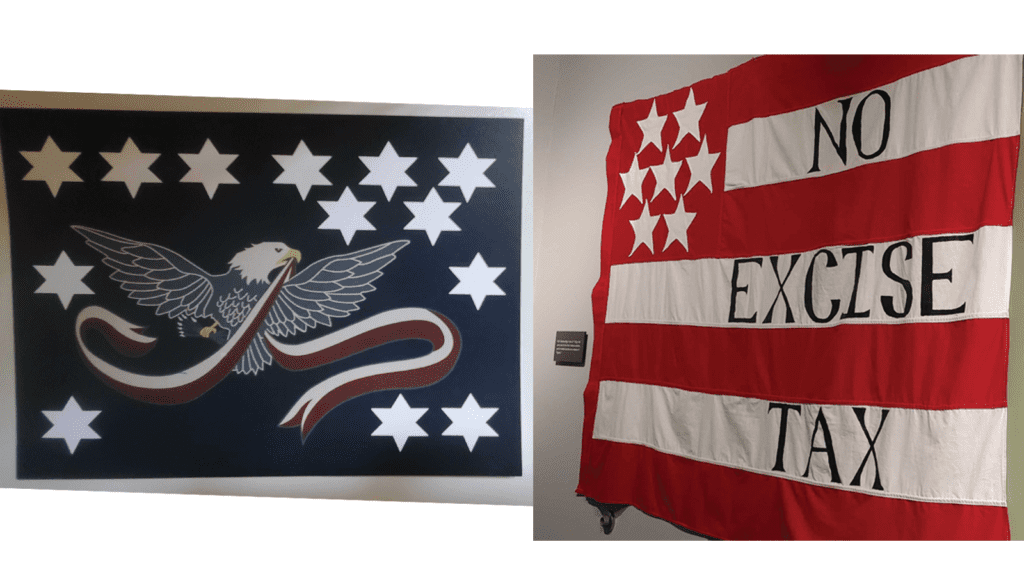
A second flag has caused some disagreement.
The flag depicts an eagle on a field of blue and 13 white stars—representing the original 13 colonies. It is often described as a Whiskey Rebel flag, but recently historians have suggested it may have been flown by the troops mustered by the federal government because of its similarity to federal standards of the day.
Monongahela Rye Production Techniques
In future posts, we will dive more in depth into the production techniques of historical distillers, as well as how today’s producers are paying homage to that legacy when producing today’s top brands. But for now, check out this video of the historical diorama that is on display at the Whiskey Rebellion History Center in Washington, Pennsylvania.
Monongahela Rye in Today’s Marketplace
We must make a distinction between the Straight Rye whiskey customers are familiar with in today’s marketplace. Today, American Rye whiskey must be made from a mash bill of at least 51% rye grain. But as we noted in previous posts about the history of Canadian Whisky, the Scottish distillers who were more accustomed to using malted barley as the primary grain of their wort started utilizing the hearty rye grain that thrived in colder climates along the frontier and used the term to describe varying amounts of the grain in their distillates. So the rye content in Monongahela Rye historically would’ve varied from still to still and from batch to batch depending on each year’s yield and what remained from the harvest after being sold on the commodities market.
Popular Monongahela Rye and Pennsylvania Whiskey Brands
While only the tip of the iceberg, here are three brands that will help you start your journey to learn more about the Monongahela Rye category.
Wigle Whiskey – Named after Philip Vigol, an anglicized spelling of the German Wigle, this brand is produced in Pittsburgh and makes Rye whiskey along with a panoply of distilled spirits, liqueurs and ready-to-drink beverages. Note: The author worked as a distiller and brand ambassador for Wigle before its acquisition by Highland Ventures.
Liberty Pole – Located a few blocks away from the historic Bradford House, Liberty Pole was founded by the passionate Hough family. They utilize local grains to make authentic Monongahela Rye style whiskey—along with bourbon, bourbon cream liqueur, corn whiskey and other distilled spirits.
Stoll & Wolf – Old meets new in an innovative whiskey brand that honors the past. The distillery is on the site of the old Bomberger’s Distillery in Schaefferstown, Pennsylvania, which was founded in 1753 and boasts the distinction as the oldest distillery in the United States. It was the original production site of the Michter’’’s brand and when it shut down in 1989, Dick Stoll had been one of the last old-school producers to make Pennsylvania Rye. Along with partner Eric Wolfe and his wife Avianna, they resurrected the historic brand and were among the first to distil using historic methods at the reconstructed distillery at George Washington’s Mt. Vernon home.
Ponfeigh Distillery – Once up and running later this year, the continuous column still at Ponfeigh will have the capacity of 3,000 barrels per year. Focusing on Monongahela Rye, this project is another indication that volume distilling is returning to Western Pennsylvania.
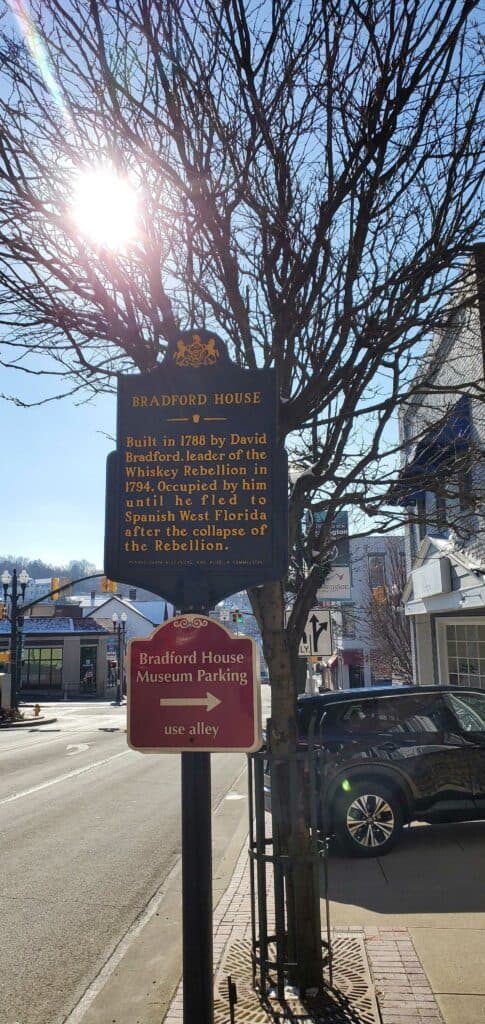
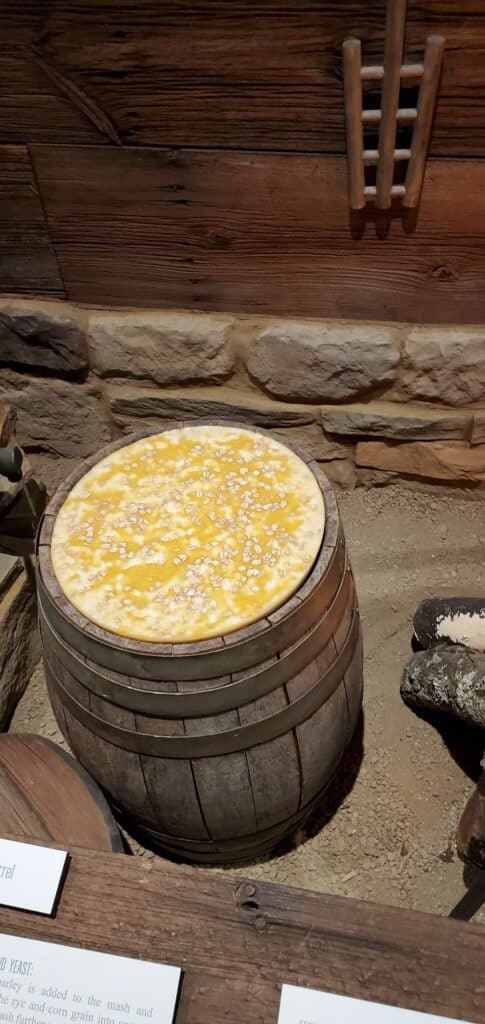
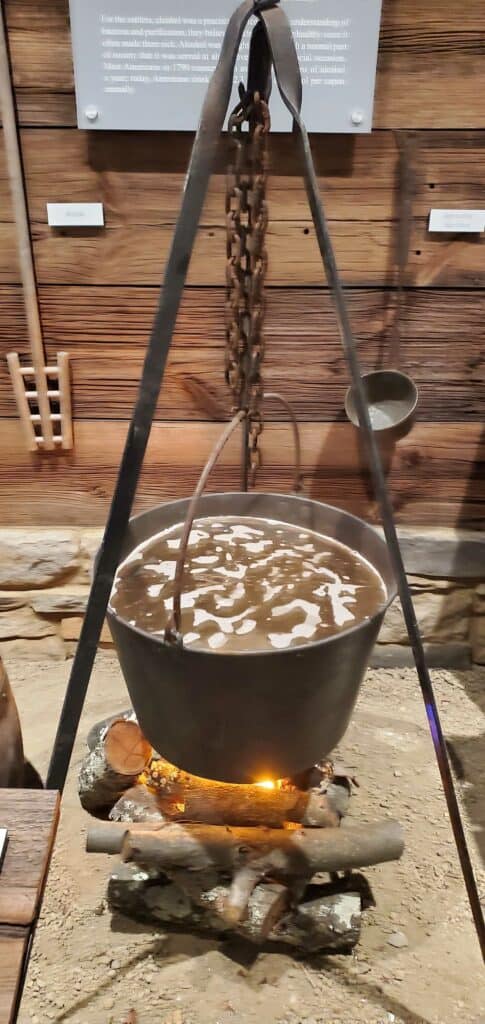
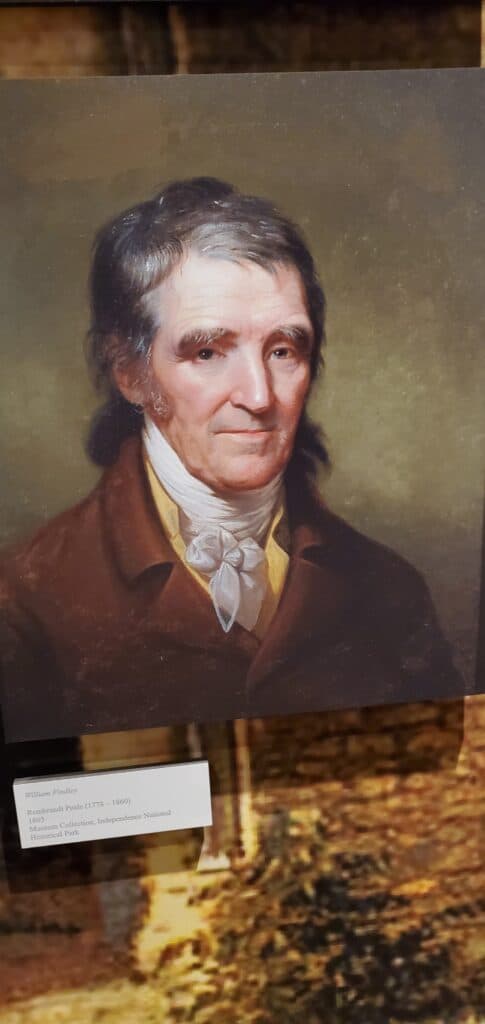


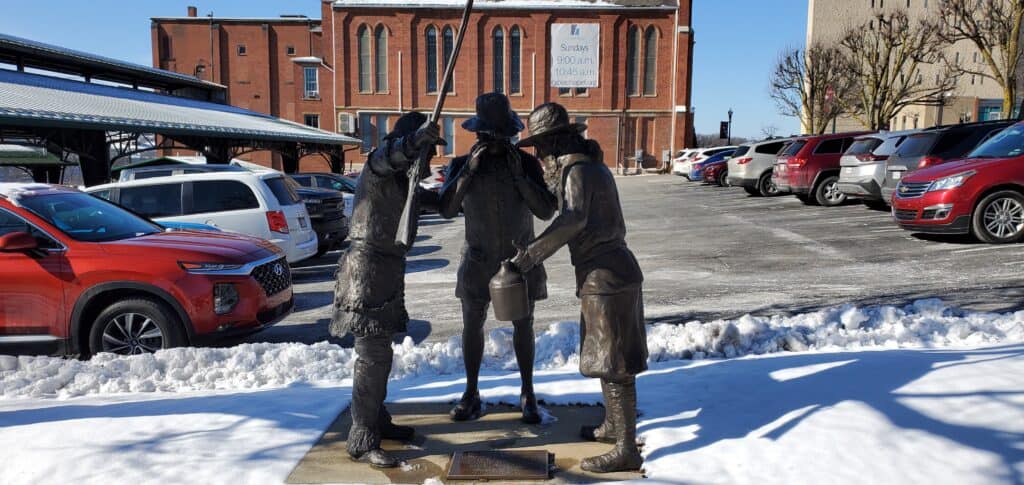

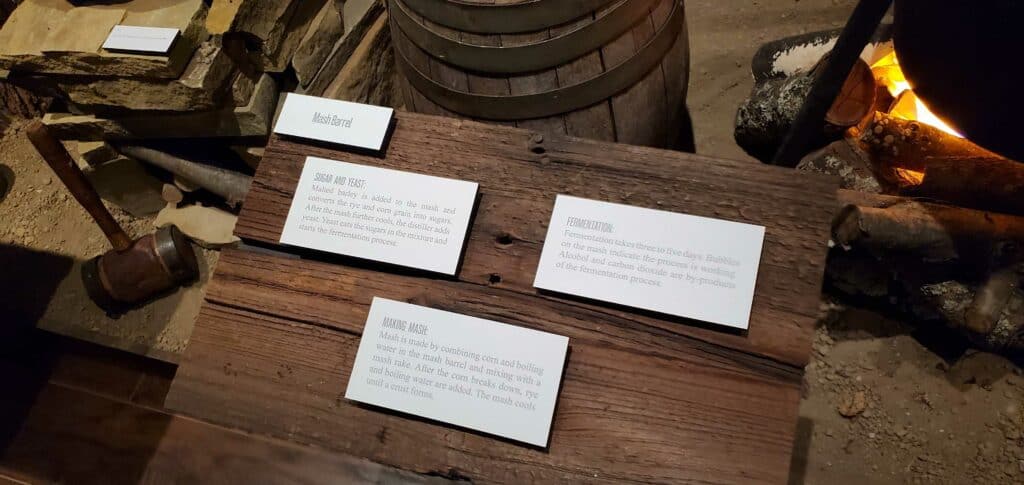
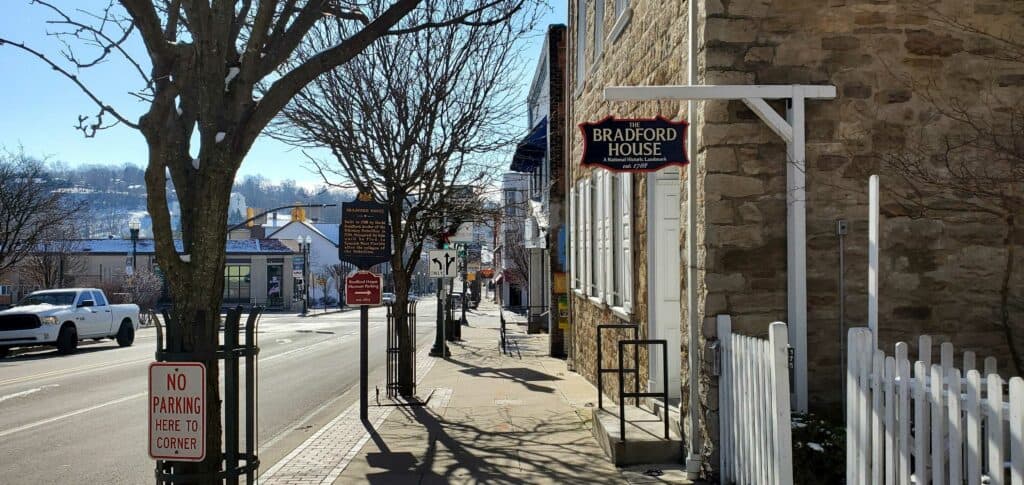
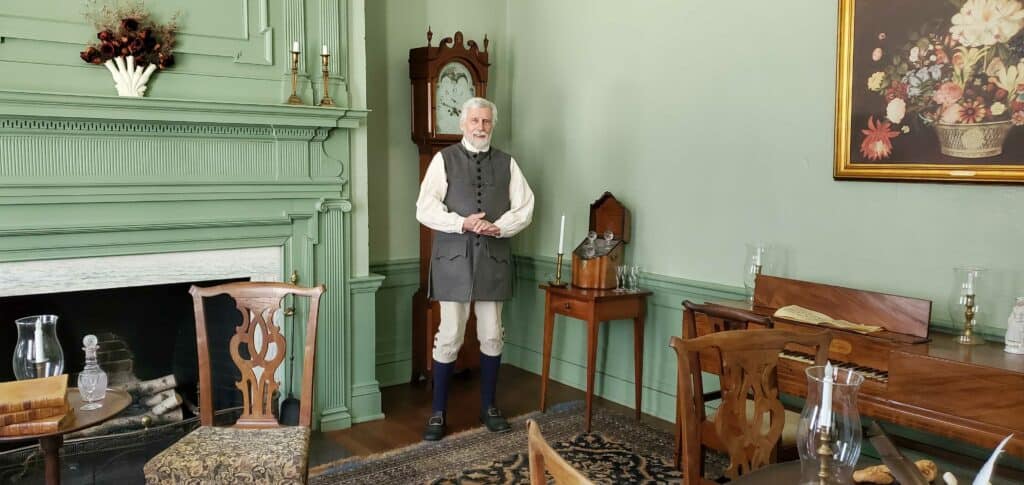

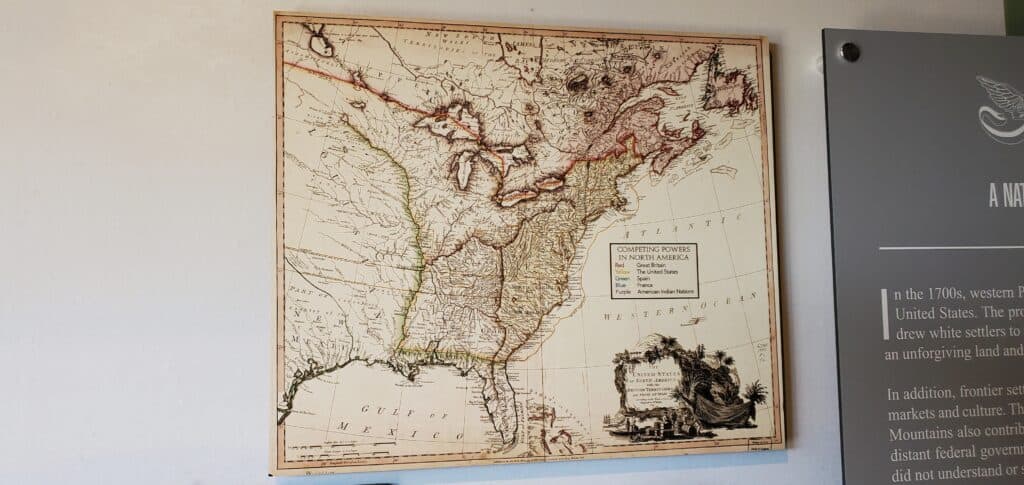
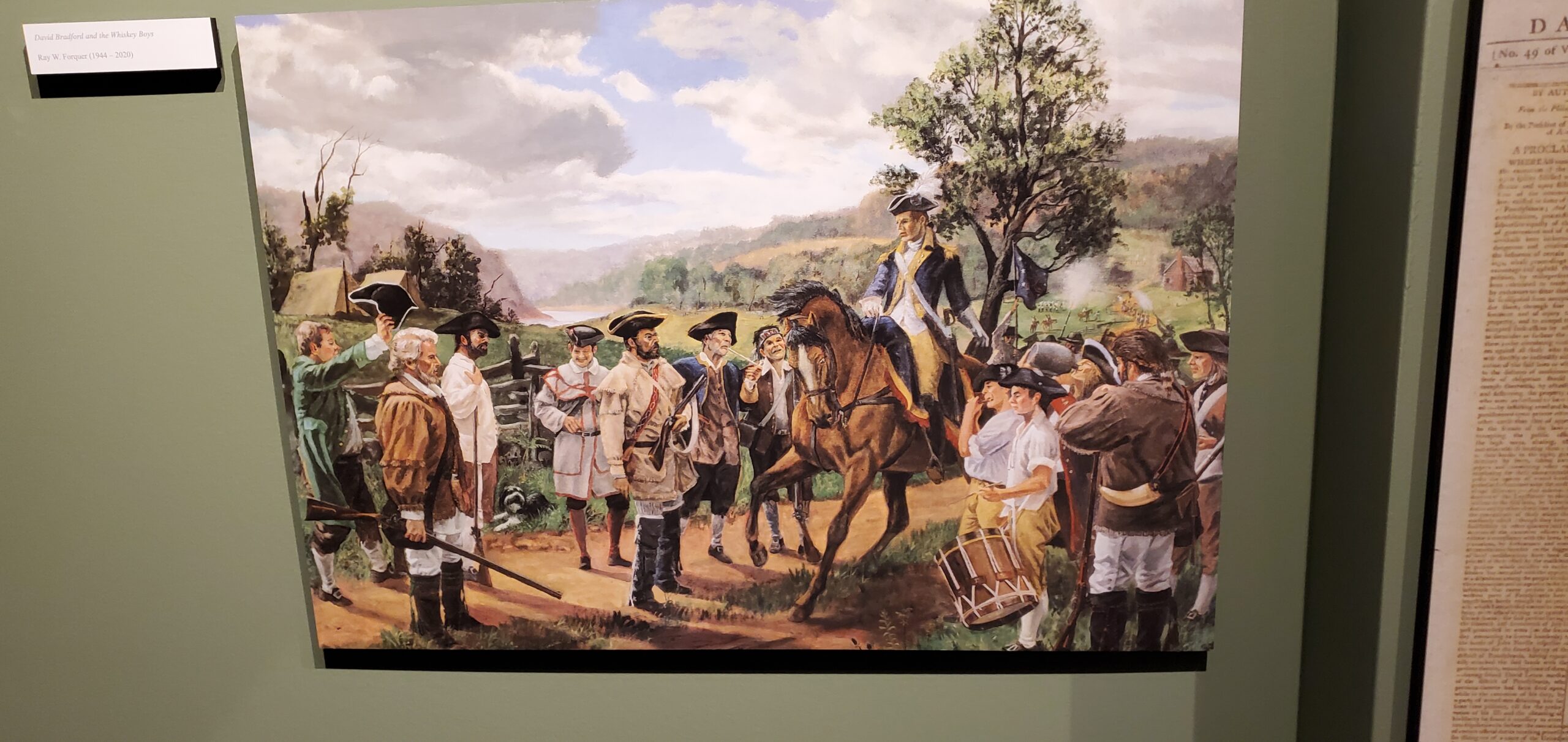
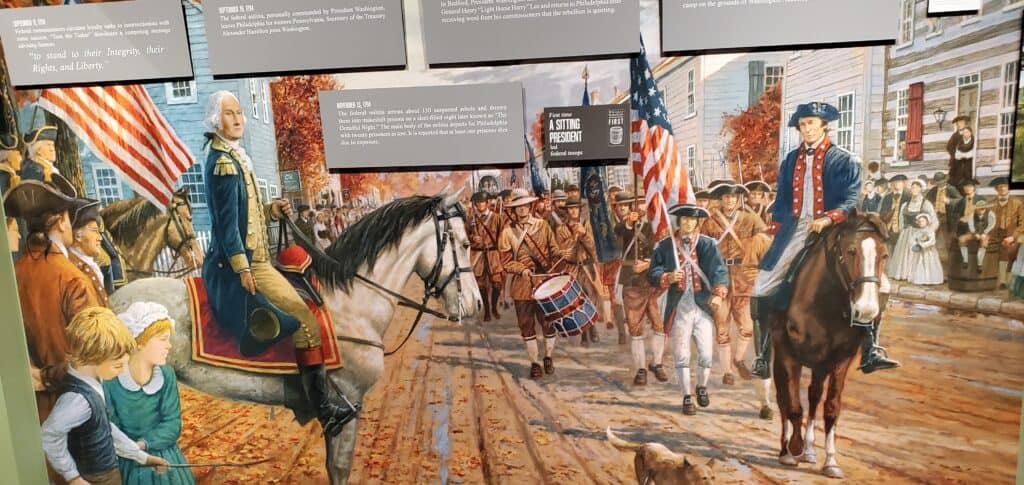
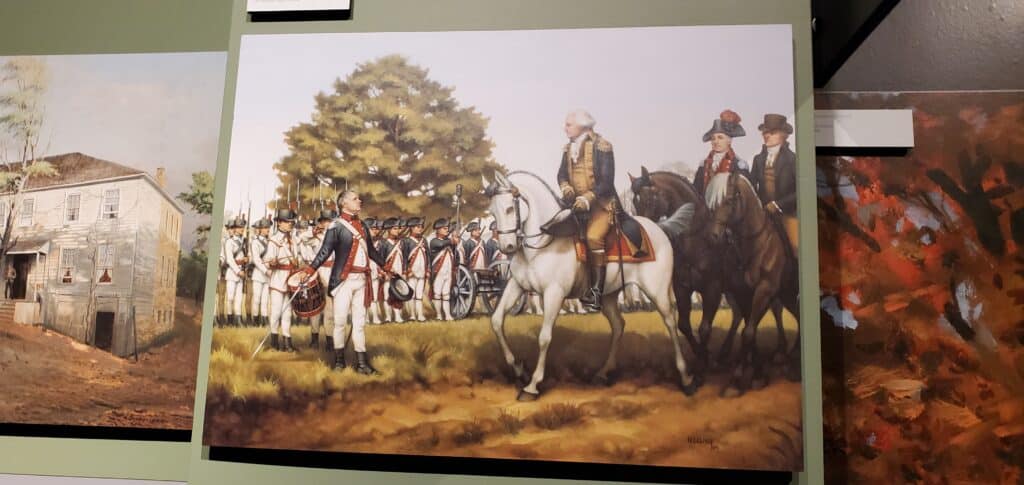
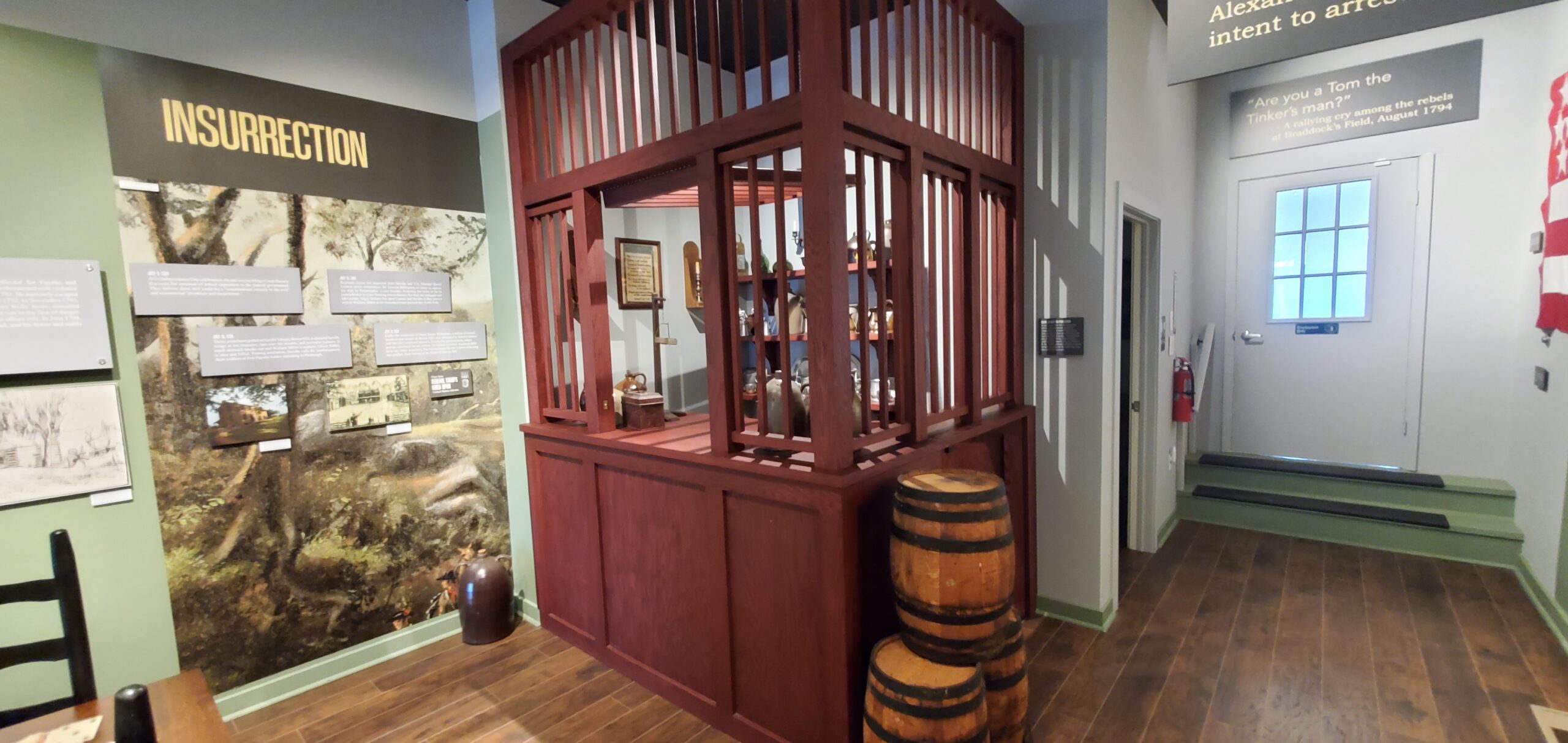

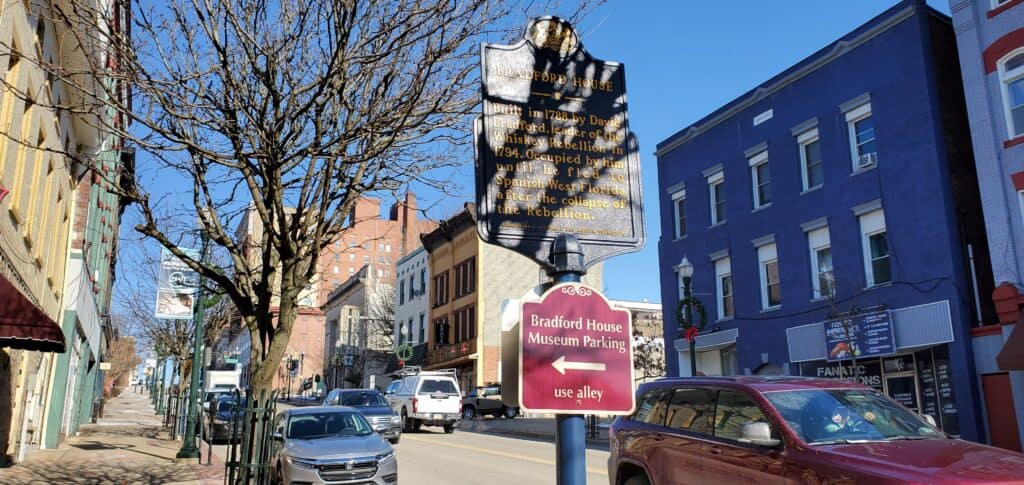
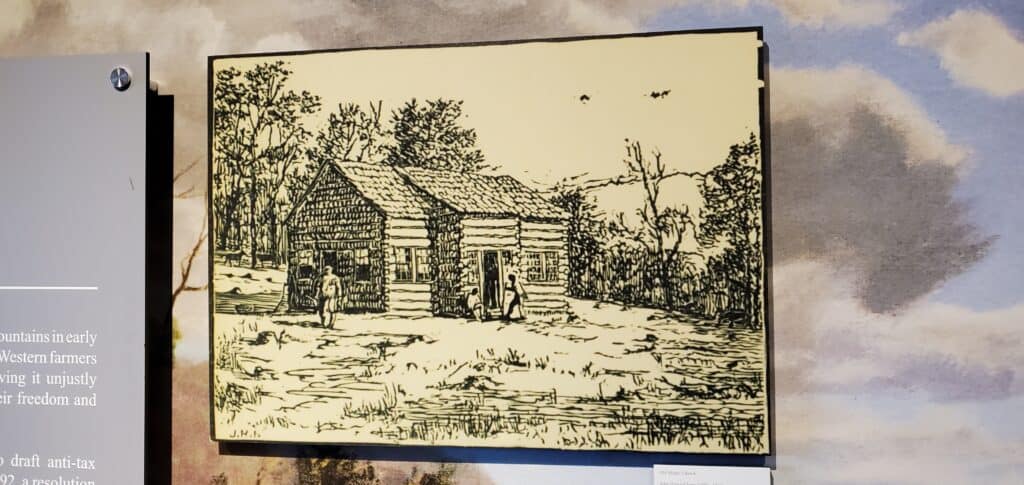
Bibliography & Additional Resources
Below are some great titles that will help you dive deeper into this important historical episode in which the American Government first met armed resistance to its Constitutional powers.
- “The Whiskey Rebellion” by William Hogeland. Simon & Schuster, 2006.
- “The Whiskey Rebellion: Frontier Epilogue to the American Revolution” by Thomas P. Slaughter. Oxford University Press, 1986.
- Brackenridge, Hugh Henry (1795). Incidents of the Insurrection in Western Pennsylvania in the Year 1794. Philadelphia: Printed and sold by John M’Culloch.
- “The Alcoholic Republic: An American Tradition” by W.J. Rorabaugh. Oxford University Press, 1979.
Thanks to Dave Budinger, Tracie Liberatore and Denise Cummins at the Bradford House Museum for their help in writing this article.

